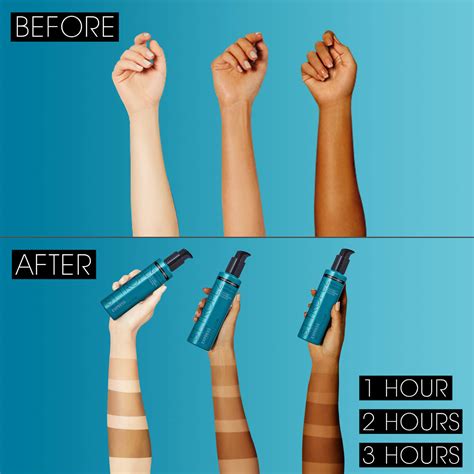How to Tan Faster: A Guide to Safe Sun-Kissed Skin
Summer's here, and you're ready to show off that gorgeous, sun-kissed glow. But waiting weeks for a natural tan can feel like an eternity. This guide will explore safe and effective ways to achieve a faster, healthier tan, focusing on both natural methods and responsible sun exposure. We'll also touch upon the importance of sun protection to prevent sunburn and long-term skin damage.
Understanding Your Skin Type
Before diving into tanning methods, it's crucial to understand your skin type. This determines your sensitivity to the sun and how quickly you tan (or burn). Knowing your skin type will guide your approach to safe tanning.
Skin Type Classification:
- Type I (Very Fair): Always burns, never tans. Requires maximum sun protection.
- Type II (Fair): Burns easily, tans minimally. Needs high SPF sunscreen.
- Type III (Medium): Burns moderately, tans gradually. Requires medium SPF sunscreen.
- Type IV (Olive): Burns minimally, tans easily. Needs lower SPF sunscreen.
- Type V (Brown): Rarely burns, tans darkly. Can use lower SPF sunscreen.
- Type VI (Black): Never burns, tans very easily. Still needs some sun protection.
Natural Ways to Tan Faster
While accelerating the tanning process, remember that a gradual tan is always healthier than a sudden, intense one.
1. Exfoliate Your Skin:
Exfoliating removes dead skin cells, allowing for more even melanin production and a more uniform tan. Use a gentle scrub a day or two before sun exposure. Avoid harsh scrubs that can irritate your skin.
2. Gradual Sun Exposure:
Start with short periods of sun exposure and gradually increase the time as your skin adapts. This minimizes the risk of sunburn and allows for a more natural tan.
3. Optimize Your Sunbathing Time:
The sun's rays are strongest between 10 a.m. and 4 p.m. Limit your sun exposure during these peak hours to prevent burning. Early morning or late afternoon sun is gentler.
4. Enhance Tan with Diet:
A diet rich in beta-carotene (found in carrots, sweet potatoes, and apricots) can contribute to a deeper, more natural tan. These foods contain antioxidants that protect your skin from sun damage.
Tanning Accelerators (Use with Caution)
While some products claim to accelerate tanning, always prioritize safe practices. These products should be used with caution and in conjunction with proper sun protection.
Understanding Tanning Accelerators:
These products often contain ingredients that increase the skin's sensitivity to UV rays. This can lead to a faster tan, but also an increased risk of sunburn if not used responsibly.
Responsible Use of Tanning Accelerators:
- Always use sunscreen: Even with tanning accelerators, applying a broad-spectrum sunscreen is crucial to prevent sun damage.
- Follow instructions carefully: Each product has specific instructions; follow them precisely.
- Start with short exposure times: Gradually increase your sun exposure time to assess your skin's reaction.
- Monitor your skin: Watch for signs of sunburn, such as redness, pain, or blistering. If you experience any, discontinue use immediately.
Protecting Your Skin from Sun Damage
Regardless of your tanning method, protecting your skin from harmful UV rays is paramount.
Essential Sun Protection Tips:
- Use a broad-spectrum sunscreen: This protects against both UVA and UVB rays.
- Choose a high SPF: The higher the SPF, the better the protection.
- Reapply sunscreen frequently: Especially after swimming or sweating.
- Wear protective clothing: Hats, sunglasses, and long sleeves offer additional protection.
- Seek shade during peak sun hours: Limit direct sun exposure between 10 a.m. and 4 p.m.
Remember, a healthy tan is a gradual tan. Prioritize sun safety to avoid sunburn and long-term skin damage. By following these tips, you can achieve a beautiful, sun-kissed glow while protecting your skin's health.
